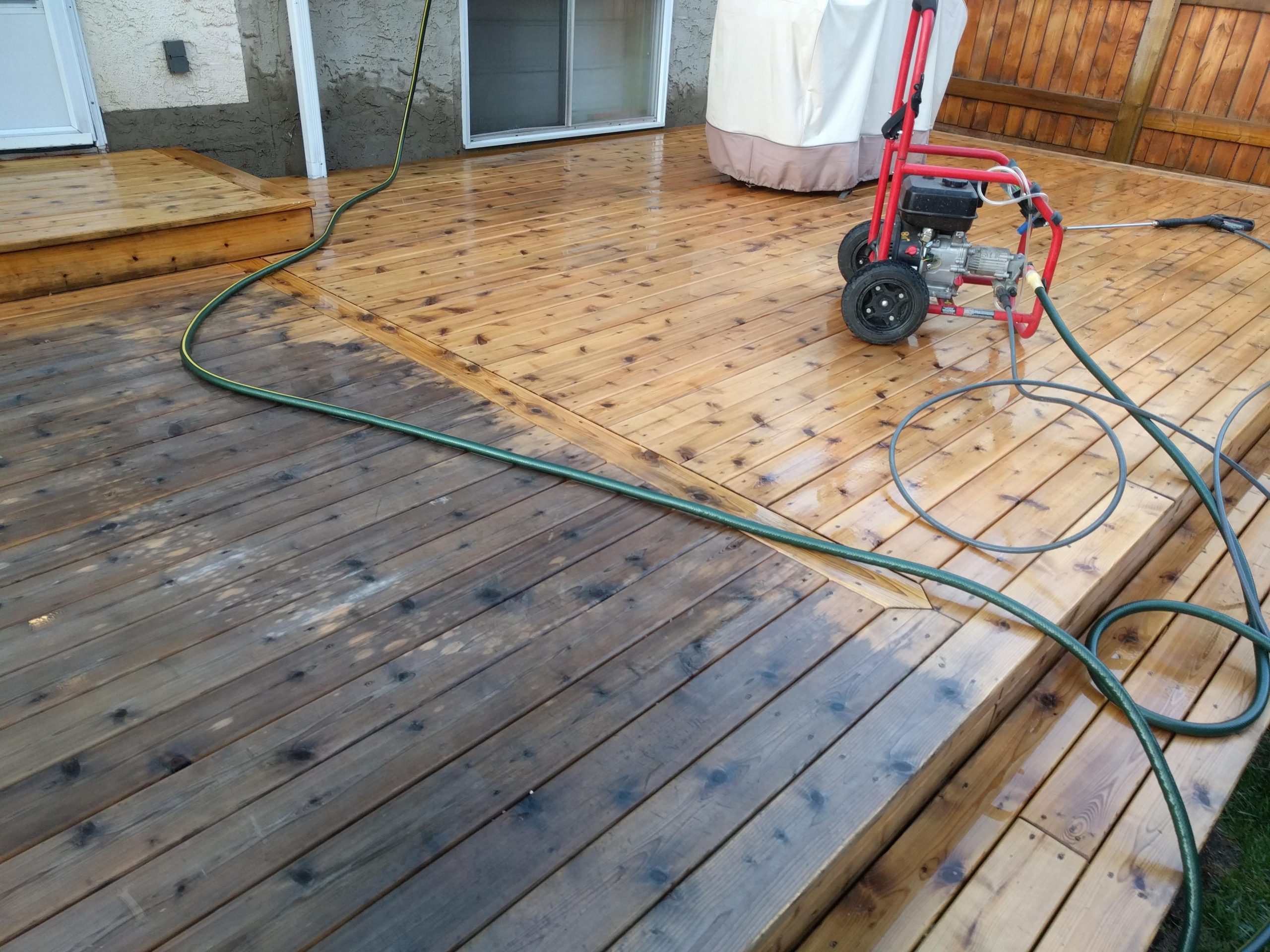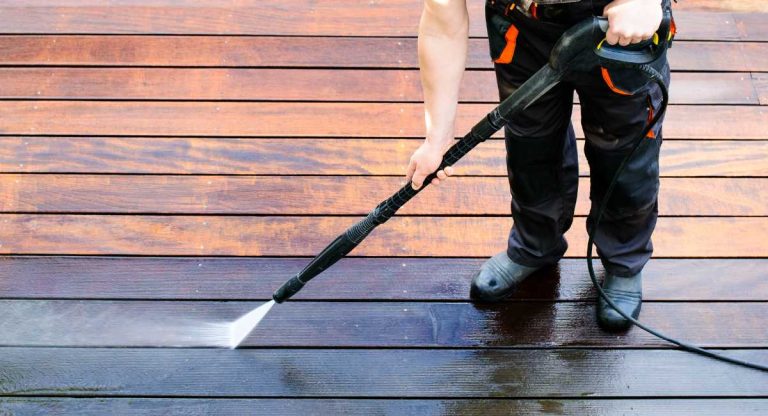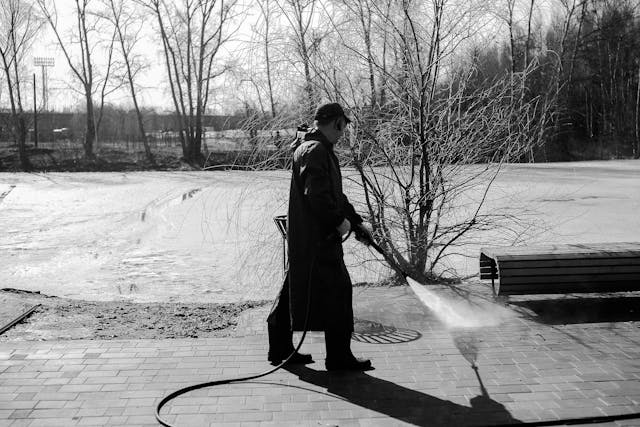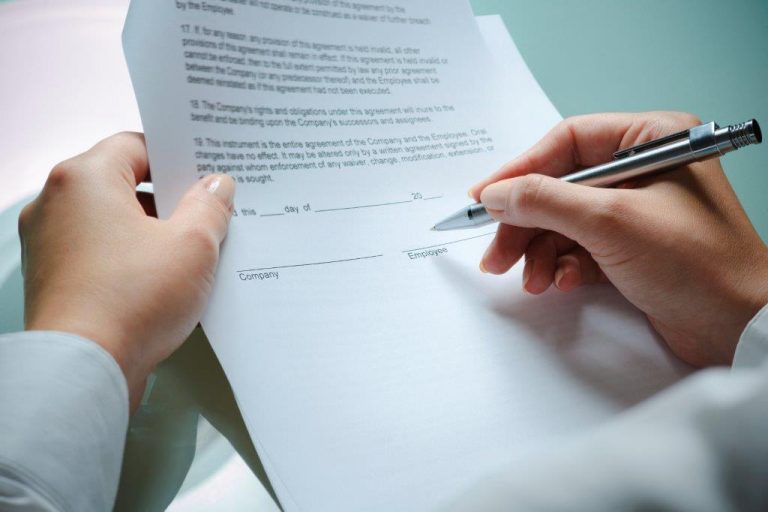
If you’re planning to paint your home’s exterior, restain a deck, or refresh a fence, surface preparation is everything. 🎯 One of the most effective — and often essential — steps in that process is pressure washing. But it’s not just about blasting off dirt. When done properly, pressure washing sets the foundation for a smoother, longer-lasting paint or stain job. 💪🧽
In this article, we’ll cover why hiring a professional pressure washer is smart before painting or staining, what to expect during the process, and what surfaces benefit most from a thorough pre-clean. 🏡
🧼 Why Prep Matters More Than You Think
Think of pressure washing as the “primer” before the primer.
Whether you’re working with wood, brick, stucco, vinyl, or concrete, paint and stain need a clean, dry, and smooth surface to adhere to. If dirt, mildew, or flaking paint is left behind, your new coating might peel or bubble within months. 😩
A quality pressure washing job can:
- Remove mildew, mold, dirt, and debris 🦠
- Strip loose or flaking paint 🎨
- Brighten and open wood grain for better stain absorption 🌲
- Create a uniform surface for primer and paint 🎯
- Improve long-term adhesion and durability 💪
👷♂️ Why Hire a Pro Instead of DIY?
Sure, you can rent a pressure washer from a hardware store — but prepping for painting or staining takes more finesse than power. Professionals understand:
- 💦 The right pressure for each surface (too much can damage wood or force water behind siding)
- 🧪 Which cleaners to use (especially on mold or chalky residue)
- 🧰 How to avoid gouging, splintering, or creating streaks
- 🧱 How to clean without affecting nearby landscaping or electrical components
This is not the time for a one-size-fits-all approach.
Browse Amazon Here For Popular Pressure Washers And Accessories
🔍 What Surfaces Should Be Pressure Washed Before Painting?
Not every surface requires pressure washing, but for the ones that do, it’s a game-changer. Here are some of the most common prep areas:
🪵 Wood (Decks, Fences, Siding)
- Removes mildew and old stain
- Opens pores in the wood for deeper stain penetration
- Should be followed by 48–72 hours of drying
🧱 Brick or Masonry
- Removes chalky paint residue and efflorescence
- Helps primer and paint bond tightly
- Can expose cracks that need patching before painting
🏠 Siding (Vinyl, Aluminum, Fiber Cement)
- Strips grime and old paint flakes
- Should be done carefully to avoid damage or moisture intrusion
- Soft washing is often used for these surfaces
🪨 Concrete or Stucco
- Cleans soot, mildew, and dirt
- Can highlight areas needing repair before sealing or painting
🧪 What Cleaners Are Used?
Paint prep sometimes requires more than just water. Professionals may apply:
- Mildewcides or bleach solutions for algae and mildew
- TSP (trisodium phosphate) or eco-friendly alternatives for degreasing
- Paint strippers for small areas with heavy flaking
- Deck brighteners for wood prior to staining
Be sure to ask whether the cleaners used are eco-friendly and safe for plants, pets, and nearby materials. ♻️🌿
Browse Amazon Here For Eco-Friendly Pressure Washing Detergents
⏱️ How Long Before I Can Paint or Stain?
After pressure washing, the surface needs to fully dry — otherwise, you risk trapping moisture under paint or stain.
Drying times vary:
- Wood: 48–72 hours
- Stucco/brick: 24–48 hours
- Siding: 24 hours or more (depending on sun and humidity)
📅 Plan your timeline carefully, especially if rain is in the forecast. Most pros can help schedule washing and painting accordingly.
📋 What to Ask Your Pressure Washing Company
Before booking, here are smart questions to ask:
- “Have you prepped homes for painting/staining before?”
- “Do you use soft washing for wood or siding?”
- “What’s your drying time recommendation?”
- “Will you remove loose paint or do I need to scrape after?”
- “What surfaces are not safe to pressure wash?”
- “Can you coordinate with my painting contractor?”
Some companies even offer bundled services with paint prep and sealing. 🎨💼
🚫 Surfaces That Should Not Be Pressure Washed
It’s important to know where to draw the line. Some surfaces are too delicate or structurally compromised to handle pressure washing.
- Lead-painted surfaces — can release toxic dust
- Old or damaged wood — may splinter or erode
- Cracked stucco — may worsen with pressure
- Unsealed mortar joints — can crumble
- Interior prep — obviously, not pressure-washable
If in doubt, a pro will inspect first and may recommend alternative cleaning methods like hand washing or dry brushing.
🧼 Bonus: Should I Pressure Wash After Painting Too?
Generally, no. Fresh paint needs 30+ days to cure before it’s exposed to high-pressure water. But after that, a light soft wash annually can keep it looking great and help the finish last longer. 🧽🧴
✅ Final Thoughts
If you want your next painting or staining project to last, don’t skip the prep — and don’t trust it to just anyone with a pressure washer. Hiring a professional pressure washing service ensures the surface is clean, stable, and ready to bond beautifully with paint or stain. 🎯🖌️
It’s an investment that saves you time, prevents premature peeling, and gives you peace of mind knowing your hard work (or your contractor’s) will actually last. 🙌
Browse Amazon Here For Popular Pressure Washers And Accessories






